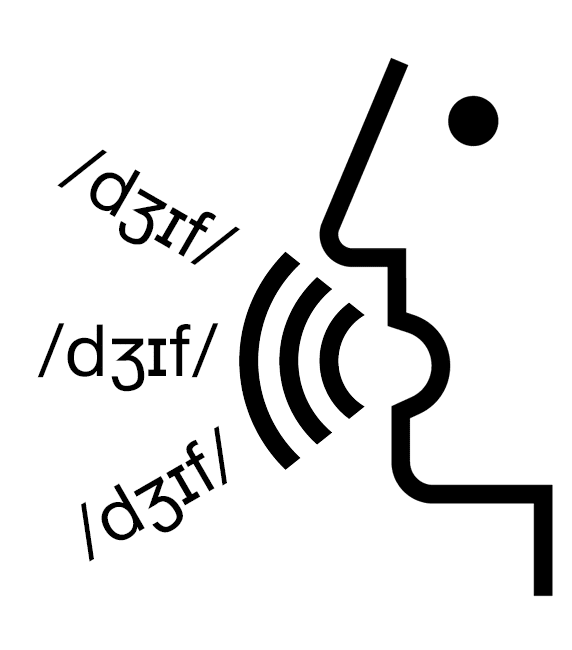ß, also known as the "Eszett" or "Sharp S," is a letter unique to the German alphabet. It may seem like a simple letter, but it can be confusing for non-native German speakers. In this article, we will guide you through the correct pronunciation of ß in relaxed English language.
What is the ß?
The ß is a letter that represents a specific sound in German. It is a ligature of the letters s and z, and it is only used in German. The letter represents a sound similar to the English "ss" or "s" sound, but it is not interchangeable with these sounds.

How to pronounce the ß sound
The ß sound can be difficult for non-native German speakers to pronounce, but with a little practice, it can be mastered. The sound is similar to the English "ss" or "s" sound, but with a slightly longer duration.
Here's how to pronounce the ß sound:
- Start by placing your tongue behind your upper teeth.
- Force air through your mouth, causing your tongue to vibrate against your teeth.
- Hold the sound for a slightly longer duration than you would with the English "ss" or "s" sound.

Examples of words with the ß sound
The ß sound is used in many German words. Here are a few examples:
- Straße (street)
- Maß (measure)
- Spaß (fun)
- Fluss (river)

Words that don't use the ß sound
Not all German words use the ß sound. Some words use the "ss" or "s" sound instead. Here are a few examples:
- Pass (passport)
- Boss (boss)
- Sonnenbrille (sunglasses)

How to type the ß on a keyboard
Typing the ß on a keyboard can be tricky, especially if your keyboard doesn't have a dedicated key for it. Here's how to type the ß:
- On a German keyboard, the ß key is located to the right of the "0" key.
- On an English keyboard, you can type the ß by holding down the "Alt" key and typing "225" on the number pad.
- On a Mac, you can type the ß by holding down the "Option" key and typing "s".

Common mistakes when pronouncing the ß sound
There are a few common mistakes that non-native German speakers make when trying to pronounce the ß sound. Here are a few of them:
- Pronouncing it like a regular "s" sound.
- Pronouncing it like a "z" sound.
- Not holding the sound for long enough.

Practice makes perfect
Pronouncing the ß sound correctly takes practice, but with time and effort, you can master it. Try practicing with words that use the ß sound, and listen to native German speakers to get a better understanding of how the sound should be pronounced.
Conclusion
The ß sound may seem difficult at first, but with practice and patience, you can learn to pronounce it correctly. Remember to place your tongue behind your upper teeth, force air through your mouth, and hold the sound for a slightly longer duration than you would with the English "ss" or "s" sound. With these tips in mind, you'll be speaking German like a pro in no time!